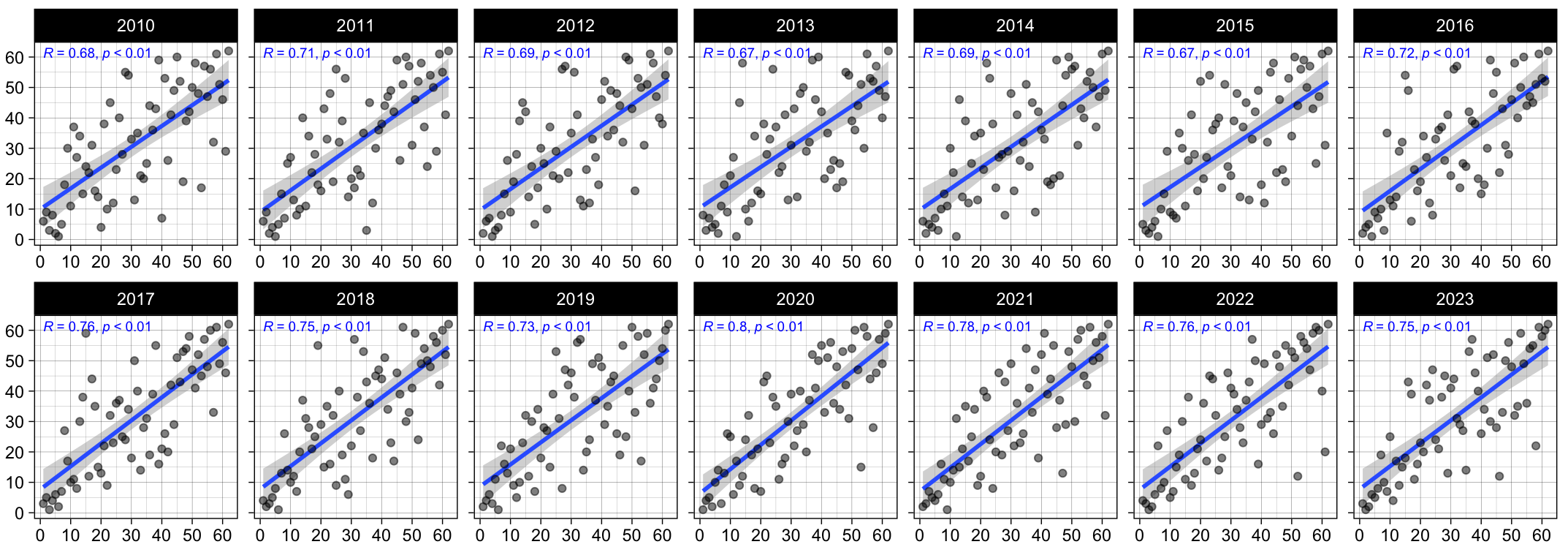
Social Determinants


County Health Rankings Factor vs Outcome Ranks
September 3, 2024
Community Health Public Health Social Determinants variation Correlation Analysis
Research Team Uncovers Disparities in Internet Access and COVID-19 Vaccination in New York City
August 26, 2021
COVID-19 epidemiology New York City GIS Public Health Social Determinants immunization
New interactive web application visualizes health determinants using open data on NYC 311 requests
February 18, 2019
NYC 311 Social Determinants GIS data visualization
Food Distress Linked to Smoking in Racially and Ethnically Diverse Adults
August 24, 2017
chronic disease Community Health environemental health Health Disparities epidemiology environment Public Health Practice Social Determinants
Tobacco Availability and Advertising Decrease in Albany, NY Food Stores
May 12, 2016
Albany NY Tobacco Control environemental health Public Health Social Determinants epidemiology Community Health chronic disease